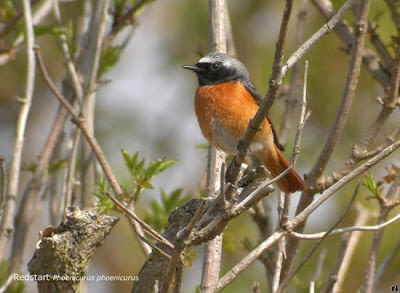I've been meaning to write a few words about the ‘Beauty or the Beast’ exhibition that was on at the Nucleus Arts Centre in Chatham recently. I managed a quick look round before it closed, it was excellent.
Put together by a group of artists under the banner of the ‘No Thames Airport Artists Group’ the exhibition formed their highly visual response to the much-hyped and chronically under-thought Estuary Airport hub proposal.
Each artist approached it with their own unique style. Some reflected on the marshes as a wilderness, as an escape or an adventure; the possibilities that this environment offers for people and wildlife. There were treasured landscapes captured on canvas and via some stellar photography. There were cold, hard facts. There was humour. In the small, understated room, their resistance took many forms.
The attention-grabbing posters at the entrance by Kevin Clarkson illustrated the nightmare alternatives. His bold, innovative graphics highlight the numbers involved: 4320 flights every 24 hours, 150 million passengers a year. No messing about. No excuses. He ponders what the 'Garden of England' will look like in 2030. Following this were a series of superbly realistic aerial paintings of the estuary (mimicking the kind that architects use I wonder?). I stepped back to admire the glittering landscape until I realised something was wrong. Half the Hoo Peninsular was missing; concrete greys and jet streams were smeared across the rest. This is the nightmare come true. The focus here is on how an airport would affect not only Kent, but also Southern England as a whole.
I really liked Pete Wise’s series of pinhole photographs. Set on long-term exposures they showed still dusky, landscapes where time is marked by the glowing trails of the sun and stars. Much of the land threatened by development has remained fundamentally the same for hundreds of years; no amount of mitigation can recreate a landscape of this size, complexity and with such biodiversity.
 |
| In Teresa Tanner's affectionate paintings, big skies dominate and colours stream out |
Portraits of Charles Dickens and Magwitch by Peter Reeds brought another argument to the table- that defending the cultural heritage of North Kent and its small but significant place in popular literature. I like to think that the dirty sneer on Magwitch’s face was directed at those who dare mess with this place. It’s a light touch but while I understand the importance of Dickens in the artist’s response, I think in the heat of battle, this association will count for little. If inspiring others to what might be lost is a goal here, it will be evocative to some but the significance will be lost on others.
Less subtle were the three slate gravestones propped up against one wall. Inscribed with the names of just a few of the species whose status locally will suffer irreparably if these cherished wetlands succumb to development: Marsh Harrier, Bee orchid, Little Egret...
What this all-too-brief exhibition succeeded in is showing the scale of what we face. It is a passionate and personal response to the short-sighted, big-money ideas that threaten this unique area. I think creative, well-organised shows like this are a great way to get a message across and I hope it turned a few heads. I don’t know what the group have planned next but I’d love to see this go ‘on tour’. This is not something that just affects Kent, it is a national issue and it would be interesting to see what kind of feedback it gets elsewhere.
Beauty or the beast? It’s no contest.
 |
| Hark! Beautiful Victorian style hand printed poster (Jim Hill) |
Links:
Pete Wise (Medway Canoe tours - I'm totally doing this!)
Apologies to those I missed.
